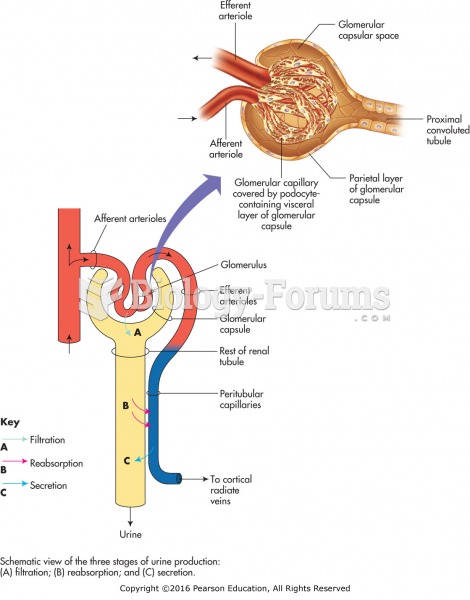This topic contains a solution. Click here to go to the answer
|
|
|
Did you know?
Intradermal injections are somewhat difficult to correctly administer because the skin layers are so thin that it is easy to accidentally punch through to the deeper subcutaneous layer.
Did you know?
In 2006, a generic antinausea drug named ondansetron was approved. It is used to stop nausea and vomiting associated with surgery, chemotherapy, and radiation therapy.
Did you know?
Cucumber slices relieve headaches by tightening blood vessels, reducing blood flow to the area, and relieving pressure.
Did you know?
Calcitonin is a naturally occurring hormone. In women who are at least 5 years beyond menopause, it slows bone loss and increases spinal bone density.
Did you know?
The term pharmacology is derived from the Greek words pharmakon("claim, medicine, poison, or remedy") and logos ("study").
 The underside of a male (top) and a female (bottom) individual of Pachygrapsus marmoratus, showing t
The underside of a male (top) and a female (bottom) individual of Pachygrapsus marmoratus, showing t
 Characteristics of the individual determine (a) whether they will be exposed to certain stressors ...
Characteristics of the individual determine (a) whether they will be exposed to certain stressors ...





